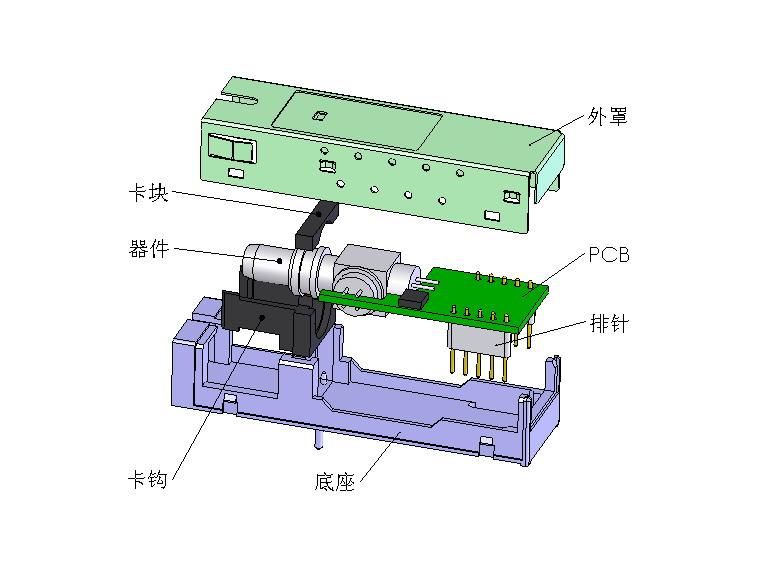The optical module consists of optoelectronic devices, functional circuits, optical interfaces, etc. The optoelectronic devices include transmitting and receiving parts. In brief, the role of the optical module is photoelectric conversion. The sending end converts the electrical signal into an optical signal. After transmission through the optical fiber, the receiving end converts the optical signal into an electrical signal.
If the optical module is divided by sub packaging, it can be divided into 1x9, GBIC, SFF, XFP, SFP+, X2, XENPAK, and 300pin. According to the electrical interface, it can be classified into hot plug (golden finger) (GBIC/SFPSXFP), pin array welding style (1x9/2x9/SFF).Of course, it can also be classified according to speed: 100M, 622M, 1.25G, 2.5G, 4.25G, 10G, 40G, 100G, 200G, 400G.
Although various types of optical module have different packaging, speed and transmission distance, their internal composition is basically the same. The SFP transceiver optical module has gradually become the mainstream of application due to its miniaturization, convenient hot plugging, support for SFF8472 standard, convenient analog reading, and high detection accuracy (within+/- 2dBm).
The basic components of the optical module are: optical device, integrated circuit board (PCBA), and shell.
At present, our hot selling products include related sfp optical module, sfp optical transceiver module, sfp+optical module, sfp dual fiber optical module, etc. If you want to know more about optical module products, you can contact us.







